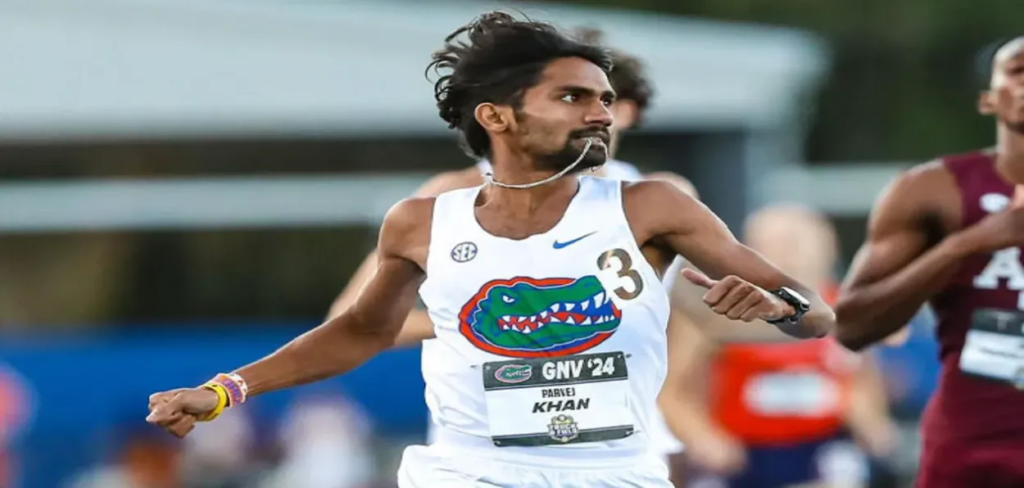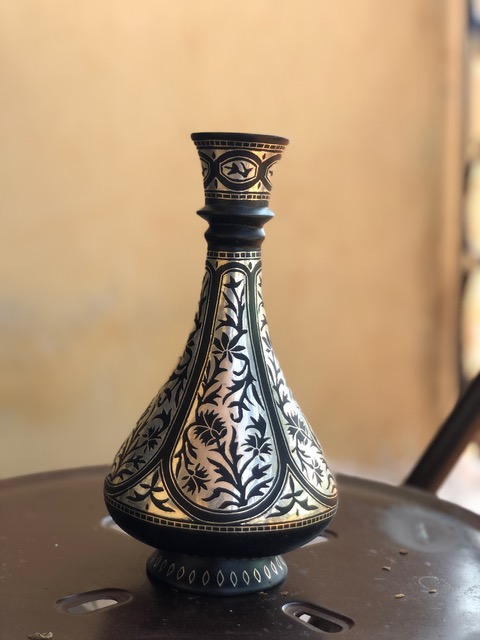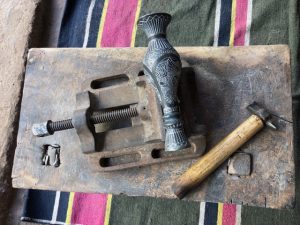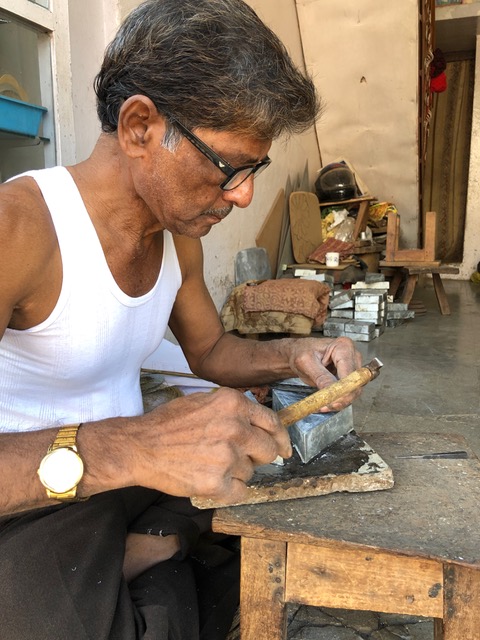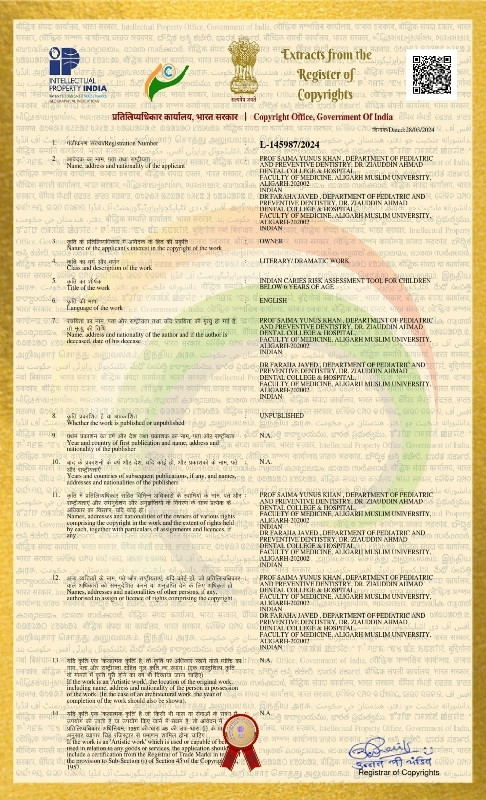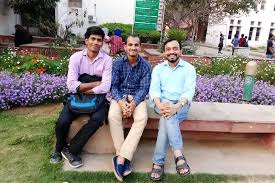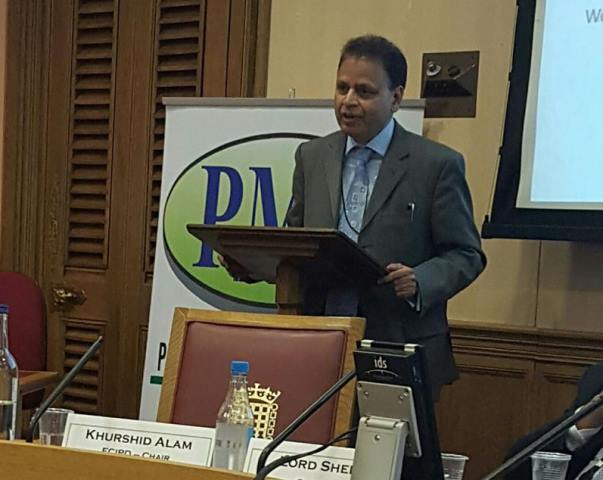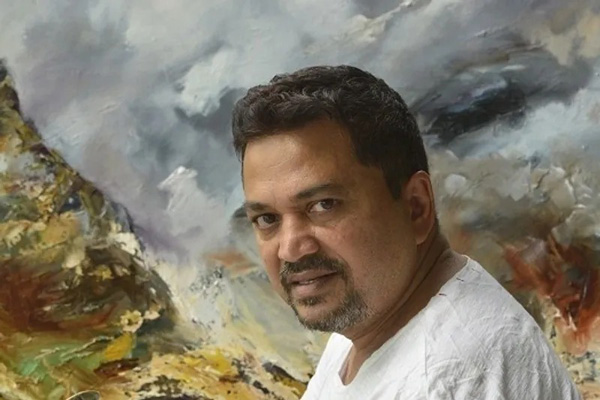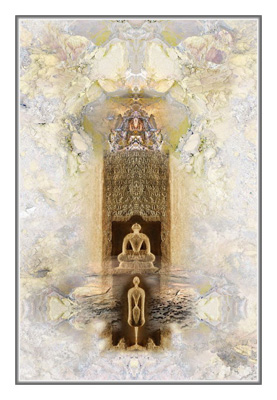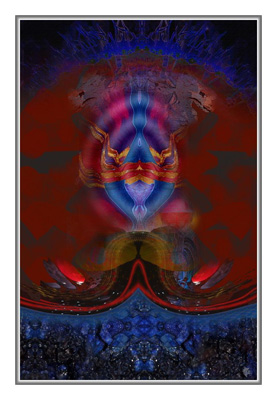Sophore, JAMMU & KASHMIR / Riyadh, SAUDI ARABIA :
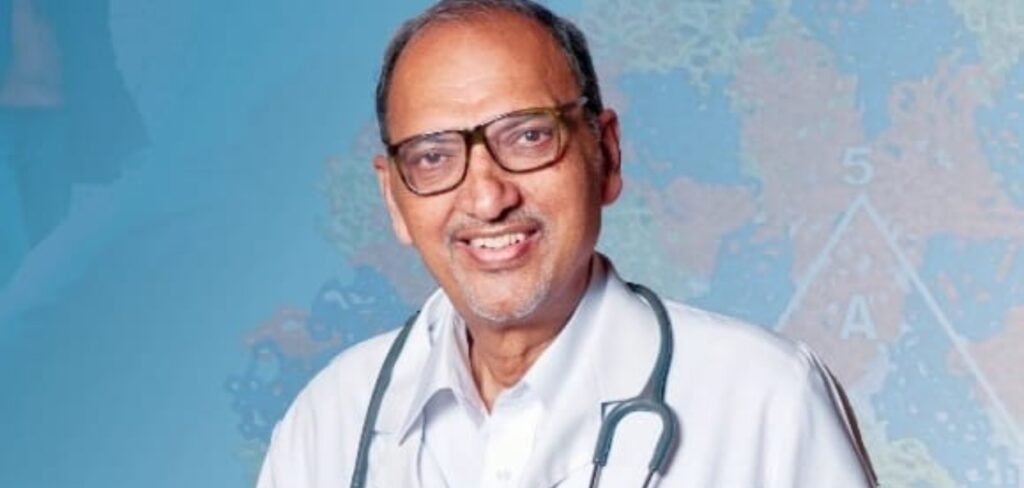
Dr Mohammad Sultan Khuroo
Gastroenterologist Dr. Mohammad Sultan Khuroo of Sopore was the Director of Kashmir’s super specialty hospital and research center, Sher-e-Kashmir Institute of Medical Sciences (SKIMS) when the Pakistan-sponsored terrorism had turned parts of Kashmir into ‘liberated zones’ in the early 1990s.
Khuroo’s fellow villager and eminent CVTS surgeon Dr Abdul Ahad Guroo was abducted and shot dead. The terrorists brandishing AK-47 rifles and rocket launchers had removed ‘SK’ (acronym of its founder Sheikh Mohammad Abdullah’s name) from SKIMS sign boards to leave the hospital signboards with just IMS.
Terrorists had set up hideouts inside, and taken possession of rooms and wards to control the place. Its walls were covered with posters of ‘azadi’ and ‘jihad’.
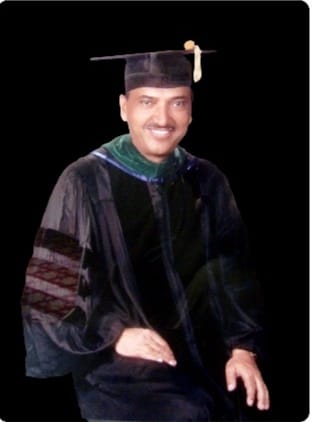
Dr M S Khuroo at his graduation ceremony
Dr Khuroo lived and moved around under a thick security cover in Srinagar. A senior IPS officer and a neighbour Veerana Aivalli advised Khuroo to ‘disappear’ for some time. “Aivalli told me that he could deploy 500 Policemen but still I was not safe,” he told Awaz-the Voice.
“My father had made me take a pledge that I would serve my people. He told me that he was releasing me from the bondage of the promise as my life was in danger in Kashmir. I proceeded on a year’s leave and in the next couple of weeks I was in Saudi Arabia along with my wife Haleema”.
He joined the King Faisal Specialist Hospital & Research Centre (KFSH) at Riyadh. He was appointed a consultant of hepatology and rose to the position of Professor and Head of the Department of Gastroenterology.
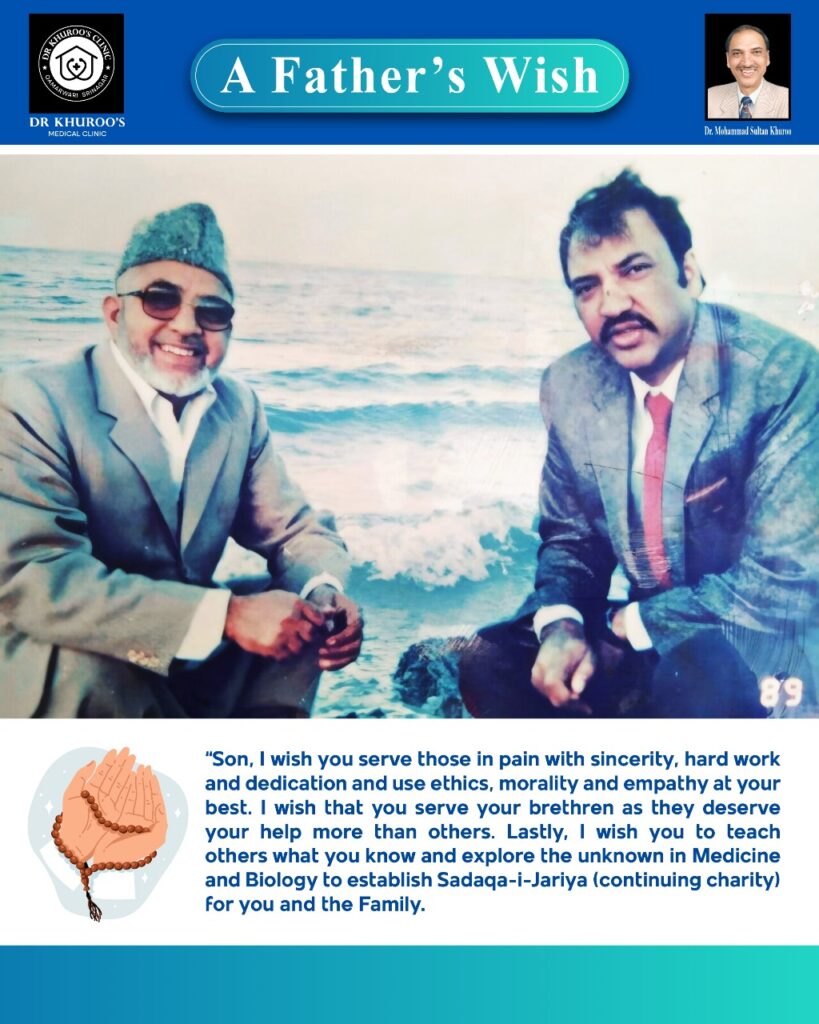
Clipping from an article in which Dr MS Khuroo is seen with father
After seven years, Khuroo established a Department of Liver Transplant at KFSH and supervised more than 100 critical surgeries. He also managed the KFSH clinic and the post-operative care of more than 300 patients whose liver transplants had been conducted at different hospitals in Europe and America. After 10 years of service, Khuroo returned to his home town Sopore.
“In Saudi Arabia, I got incredibly wonderful respect and recognition. While working at SKIMS, I had no time for my family and children. I worked seven days a week, 24 hours a day. In the beginning, my salary was Rs 300 a month. When I left as Director, my total salary was Rs 18,000. I would take home not more than Rs 9,000. I would borrow money from my colleagues to make ends meet. In Riyadh, I was supposed to work for just 6 to 8 hours a day; five days a week. It allowed me to raise my family meticulously. I have a son and two daughters and all are doctors. They are doing well, touchwood”, Khuroo said.
He added that his salary in Riyadh ranged between Rs 4 lakh and Rs 10 lakh.
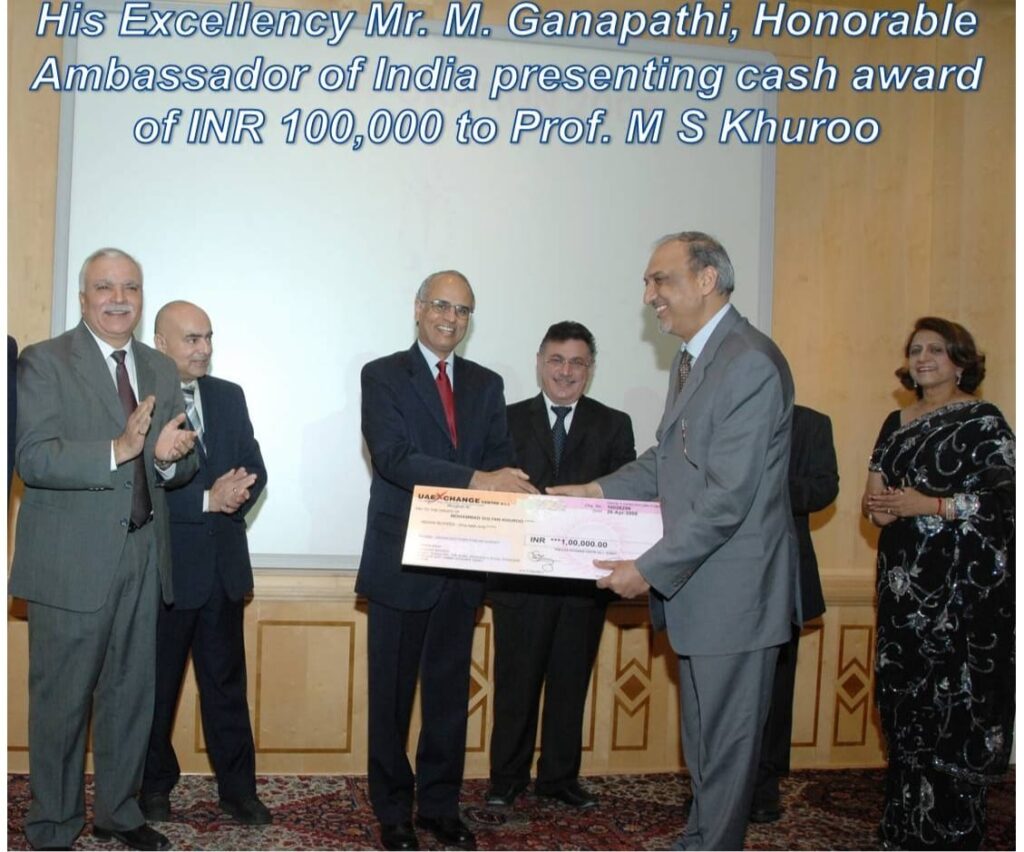
Dr MS Khuroo receiving an award from the Indian Ambassador in Riyadh
“Unlike my peer clinicians, I had a passion for medical research, and money was no consideration but a good earning helps you give your best to society if you have a will”, Khuroo added.
“All through my studies and training in Srinagar, I faced tough times. I used to stay in Srinagar, travel to my home in Sopore on Saturday, and return on Monday morning. For five years, my uncle gave me Rs 10 for my week’s expenditure. I would keep one Rupee and six annas for my weekly travel home and manage things within the remaining eight Rupees and ten annas”.
Khuroo’s real satisfaction, however, flows not from the money he earned as one of the world’s top gastroenterologists and liver transplant experts but from having been the Saudi royal family’s physician.
“I handled the healthcare of the kings Abdullah and Fahad. We used to visit only the King. All other members of the royal family would come to us at the KFSH. Once I had to undergo surgery there. When I regained consciousness, I saw the Director of KFSH carrying me to my room”, Khuroo recollected.
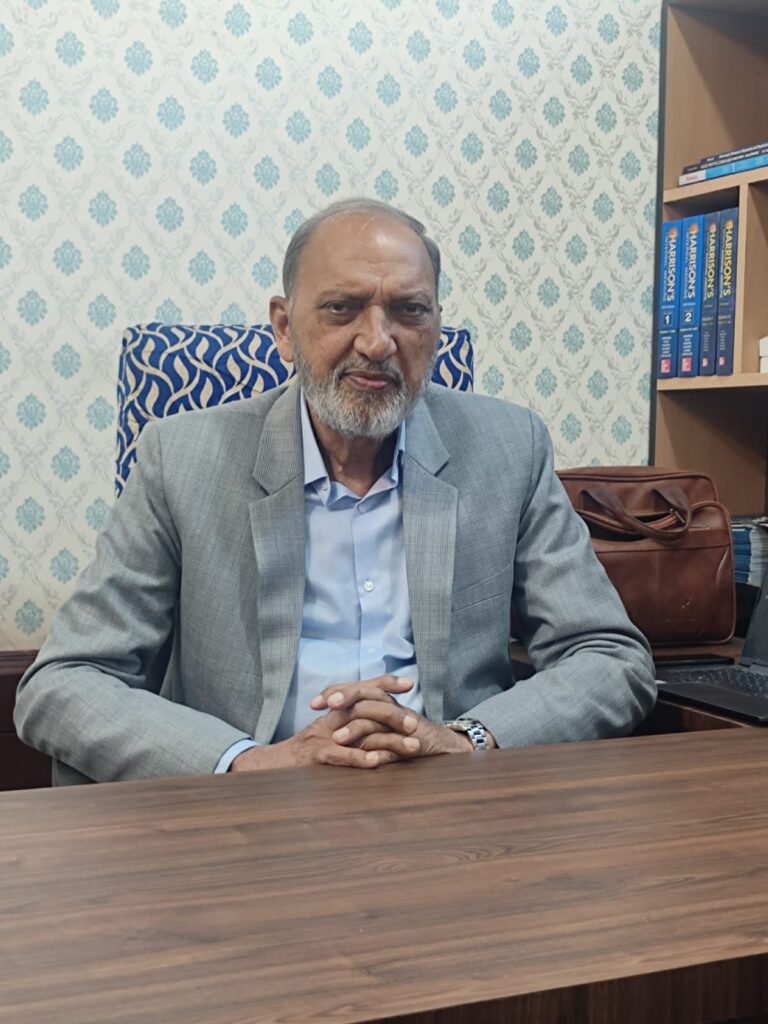
Dr MS Khuroo at his home in Sopore
Even in Riyadh, the unsettling conditions at home didn’t leave Khuroo in peace. His son Yasir, an MBBS trainee at the Government Medical College (GMC) in Srinagar, was abducted. Khuroo had to return; somehow the crisis was resolved and he returned.
Born in 1944, Khuroo was admitted for elementary education at the Maharaja’s compulsory education school in Sopore. He also finished High School and FSC (10+2) in Sopore and MBBS from GMC Srinagar in 1967, stood first in order of merit, and got a gold medal. Later, his specialist studies and work earned him over a dozen medals.
Khuroo is the man who discovered the virus Hepatitis ‘E’ while dealing with an epidemic that infected over 57,000 people in a population of 600,000 in 200 villages in 1978. As many as 1,600 people, including many pregnant women, died.
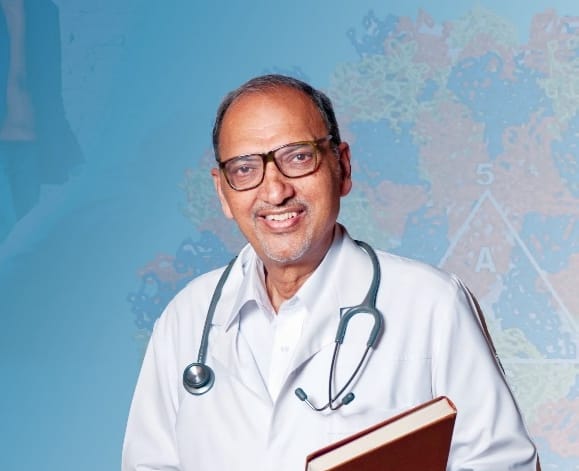
Dr MS Khuroo in Riyadh
“I was a faculty at GMC Srinagar. As the pandemic began spreading to menacing proportions on either side of the Ningli Nallah from Gulmarg to Wular Lake, I virtually jumped into the fire with a small team. I got infected with other members of my family but we didn’t rest until we established that it was an altogether new hepatitis virus. I named it Hepatitis ‘E’. No other virus of the series has been found in the last 45 years”, Khuroo said.
Khuroo completed DM in gastroenterology at Chandigarh’s Post Graduate Institute of Medical Education and Research (PGIMER) followed by fellowships in the UK and the USA.
Prof Khuroo has the distinction of being the first Indian medical scientist whose research article was published by the New England Journal of Medicine (NEJM). Of the 300 of his research publications, three have been published in the numero uno of peer-reviewed journals NEJM, six in The Lancet, three in the American Journal of Medicine, and many in the American College of Physicians, Gastroenterology, Hepatology, and GI Endoscopy.
Khuroo recalled how he discovered new diseases and medical protocols, including the one related to portal hypertensive colopathy, to the world in the 1980s. “I was the first to tell the world how some diseases could be cured with non-invasive medical procedures. The world universities and hospitals followed”, Khuroo said.
Khuroo, nevertheless, has his regrets. “When we set up the gastroenterology department at SKIMS in 1982, it was arguably India’s best. Today, it’s no match to many of its junior centers. I regret that Kashmir’s politicians did not let the liver transplant facility come up at SKIMS in the last 45 years”.
source: http://www.awazthevoice.in / Awaz, The Voice / Home> Stories / by Ahmed Ali Fayyaz, Srinagar / May 15th, 2024
